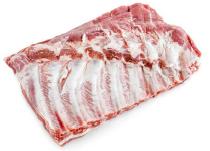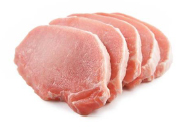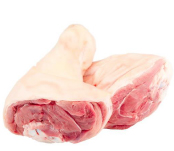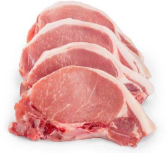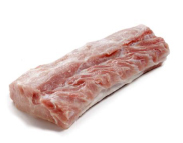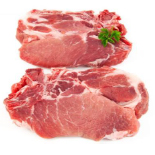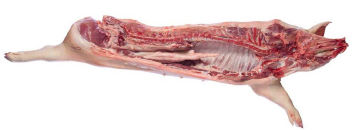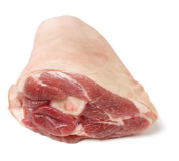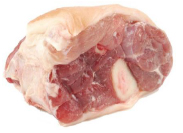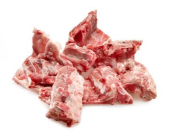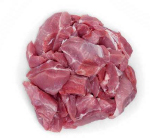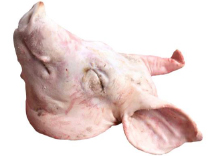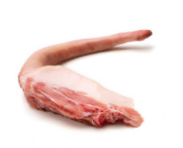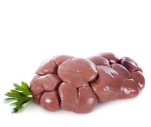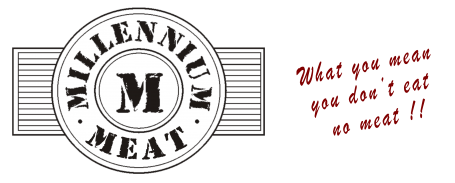The pork farms that supply Millennium Meat are either approved 360 pork farmers or they are approved compartmentalised farms.
Ensuring food safety, a consistent production process that complies with standards and ensures high-quality pork.
Pork 360
The Pork 360 Quality Assurance certification is a guarantee to both the consumer and retailing sector that the producer has a consistent production process that complies with minimum standards and ensures high-quality pork. The Pork 360 project takes place under the auspices of the national body, SAPPO (South African Pork Producers Association).
Producers who participate enter into a contract with SAPPO. In accordance with the Pork 360 Quality Assurance they must have an accredited veterinary consultant who frequently visits, advises, and evaluates the farm and the production processes. They must develop an in-house Standard Operation Procedure (SOP) document, complying with the QA standards. Participating producers are audited annually by an independent auditor to ensure minimum prescribed standards are being adhered to, such as access, pest, medication and feed control, effluent, transport housing, etc.
The main purpose of the Pork 360 scheme is MEAT SAFETY, MEAT QUALITY, TRACEABILITY, and ANIMAL WELFARE.
Compartmentalized Farming
A pig compartment is a physically defined establishment/site surrounded by a physical barrier where the pig population is contained under a bio-secure management system. The requirements for certification of the Pig Compartmentalization system are similar to some of the requirements of the Pork 360 scheme. The main purpose of the compartmentalization system is DISEASE CONTROL and the main focus areas are access control, pest control, care & management as well as sanitation & hygiene.
Trotter: While trotters may not seem instantly appetising, the meat is tender, soft and flavourful. Cooking them is time-intensive, but the results are worth it.
Neck: The neck produces delicious meat which should be slow-cooked to allow intramuscular fat to melt. This keeps the meat moist and tender. Pork shoulder cuts can be roasted, diced, or minced.
Spare rib: Full of flavour, spare ribs can be grilled, barbecued, roasted, or slow-cooked. They’re usually sold as a whole rack, or cut into individual, trimmed ribs.
Rib chop: Rib chops work particularly well with sage and apple. Marinate your chops for extra flavour or try a dry rub. They are best cooked in a pan, on a grill, or on the braai. Use a high heat and turn the meat regularly for juicy, succulent results.
Belly: A fatty, but the tender cut of meat, the belly is delicious when slow-roasted. It’s also used to make streaky bacon. Pork belly is high in fat, which makes it a tasty and versatile cut. It can be cooked slowly at a low temperature for soft meat that melts in the mouth, or sliced and crisped in a hot pan.
Loin: Pork loin is a classic roasting joint, delicious as part of a traditional Sunday roast with apple sauce. Pork loin chops are sliced and ideal for cooking on a braai.
Leg: Leg is usually roasted whole, but it can also be deboned and cut into smaller roasting joints, or thinly sliced to make steaks. Pork legs are low in fat and can be quite dry when slow-roasted. Cooking the meat on the bone will help to keep it moist and produce lovely juices that you can use for gravy.
Shank: Generally prepared by slow pot roasting or oven roasting to retain its tenderness, the shank is a cost-efficient cut. It is usually cut from the lower area of the front leg and is also known as the ‘foreshank’. When used in a pot of beans or braised, smoked shanks will produce meat that will be fork-tender, moist, and full of flavor.
